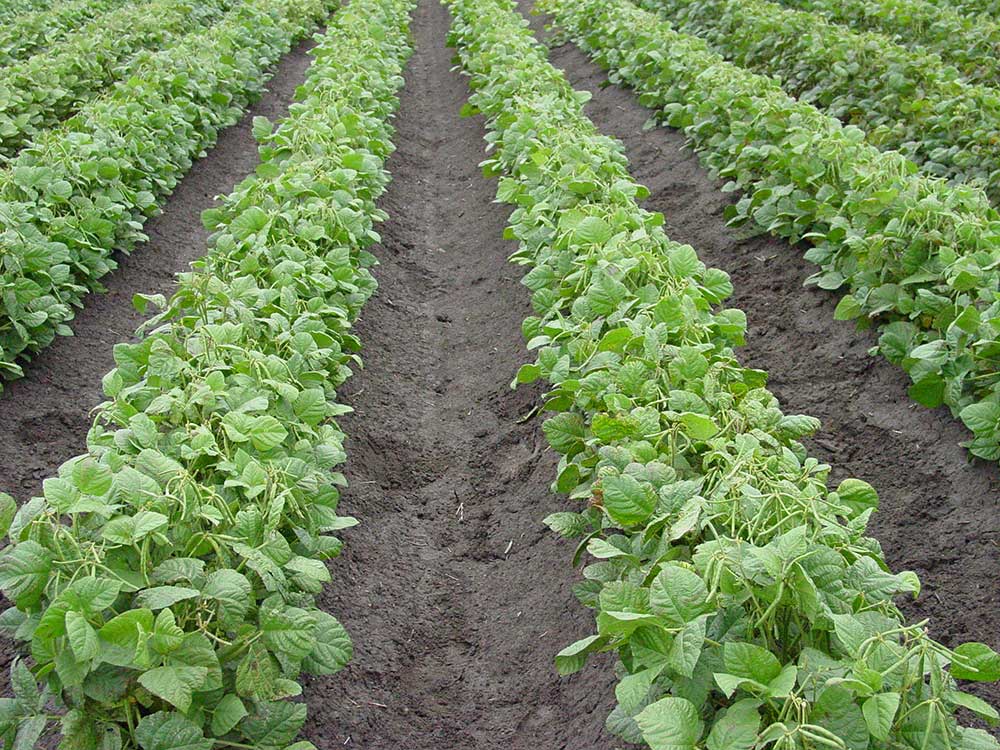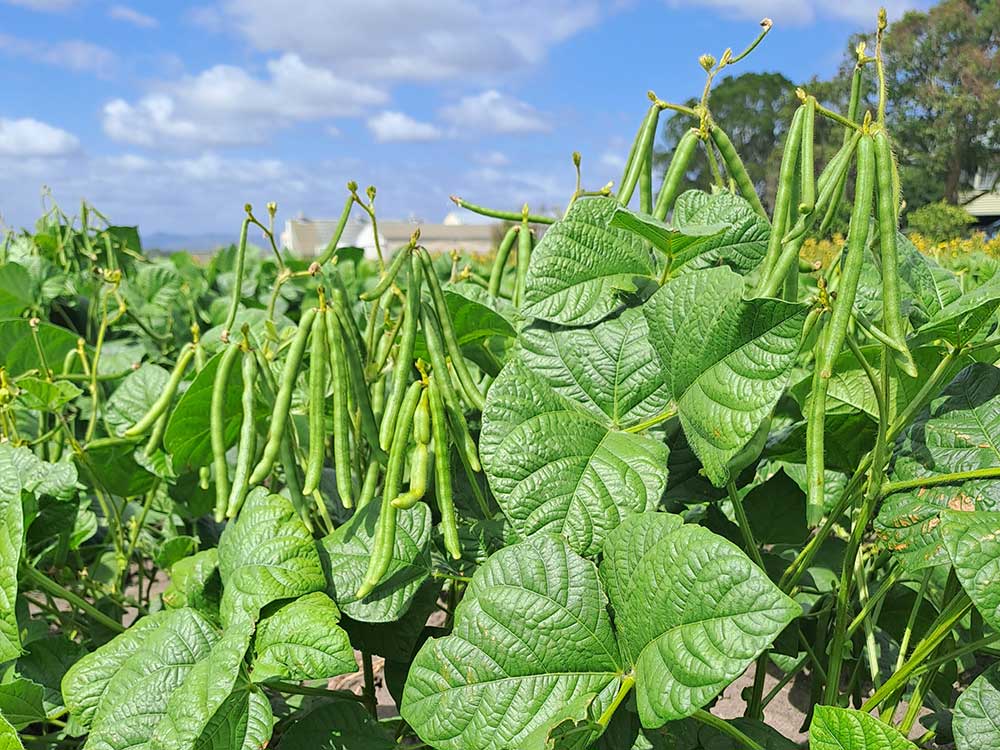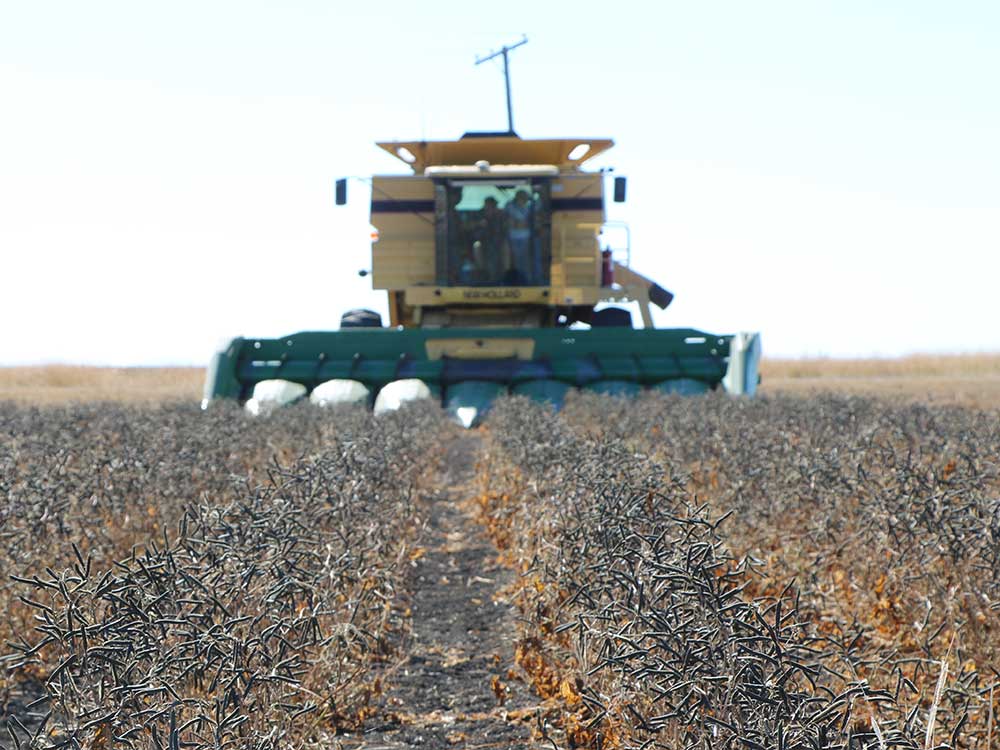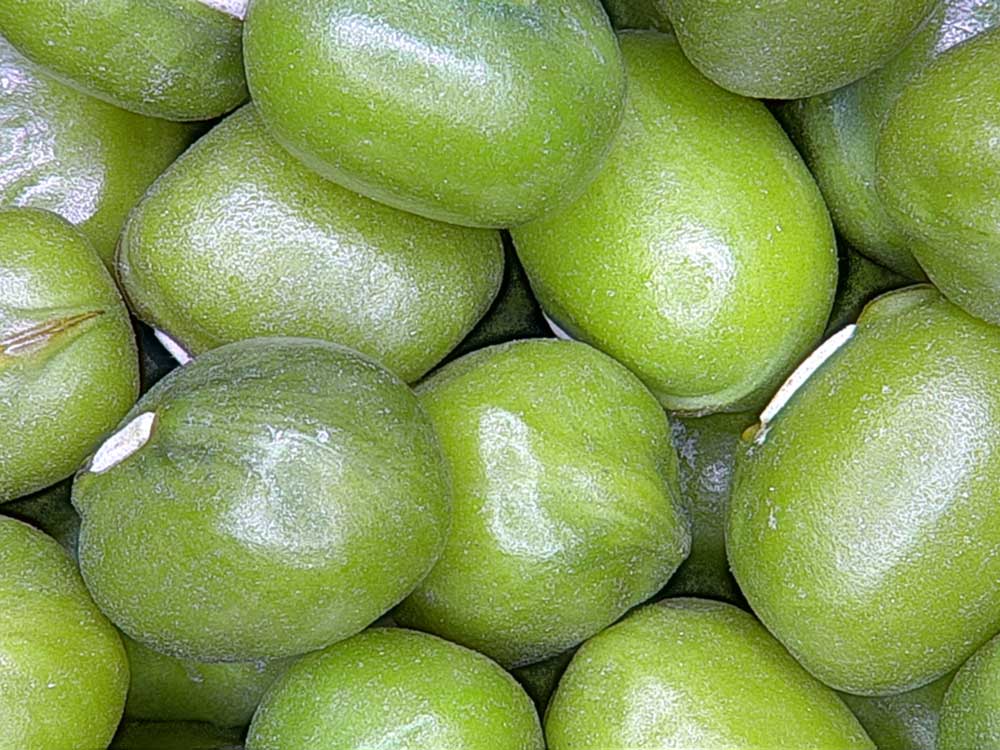Mungbean is a valuable summer crop rotation with high water use efficiency, quick maturity and requires minimal fertiliser input. All stages of crop production and processing must comply with strict hygiene practices to ensure the crop meets the highest standards for food safety and hygiene.
The Australian Mungbean Association has crafted a comprehensive mungbean best management guide providing detailed information on all aspects of mungbean production:

The Grower Commodity Declaration is critical in ensuring accurate knowledge of chemical treatments is recorded and information supplied to purchasers. The declaration provides details about the chemicals used on the crop, the application rate and date, and other relevant information, acting as a risk management tool for all parties involved in the supply chain.
Growers should also adhere to the AMA Code of Hygienic Practice, a brief document highlighting important procedures to be followed in producing, storing and transporting mungbeans.
Together these measures help inform and protect all involved in the production and delivery of safe, high quality mungbeans to Australia’s export and domestic customers.

Working closely with our breeding partners Queensland Department of Primary Industries and the Grains Research and Development Corporation, the varieties licenced and commercialised by the AMA are developed especially for Australian conditions, some broadly adapted and others bred to suit specific geographic localities and conditions. Consult with your AMA-accredited agronomist or contact an AMA member company to ensure you are growing mungbeans best suited to your local conditions.
When growing grower-retained seed, varietal purity is essential as buyers will not accept mixtures of mungbean varieties. Mixed seed lines will attract heavy discounts for their appearance and purity.
The quality of retained on-farm seed will deteriorate over time. Ensure your planting seed is replaced every 2-3 years at a minimum to ensure purity, good emergence and vigour.
Ensure the integrity of your planting seed by purchasing mungbean seed from an AMA accredited seed producer or from a reputable reseller.
An End Point Royalty (EPR) is a fee charged to growers which flows to both breeders and commercialisation partners to support continued plant breeding and varietal improvement, and development of the mungbean industry. The EPR scheme is based on seed produced (rather than seed purchased) – demonstrating a shared production risk with growers.
The end point royalty for all AMA mungbean varieties applies at the point of delivery and is calculated at $8.00/tonne (plus GST) based on clean, graded grain. The easiest process for the collection and payment of EPR is through an automatic deduction by processors from grower payments and the forwarding the amounts and information directly to the AMA.
These funds are fully reinvested back into the mungbean industry through the QDPI/GRDC-funded National Mungbean Improvement Program to deliver improved mungbean varieties, and by the AMA in:

Simply put – the industry’s future growth and improvement relies on the continual reinvestment of these funds.
Australian mungbean growers and processors have adjusted well to the EPR system since its introduction. Compliance measures are being progressed to make the system fair and equitable for all participants in the industry.
Further information around EPR can be found at www.varietycentral.com.au or contact the AMA at info@mungbean.org.au.
All Australian mungbean varieties released through the national breeding program are protected by Plant Breeder’s Rights and managed under a variety licence. Growers of AMA-licenced mungbean varieties should be aware of their obligations under the AMA Variety Licence and may be subject to audit to ensure they are meeting their EPR obligations via automatic deduction via their processor, or advised and paid directly to the AMA.
Growers are welcome to attend AMA hosted mungbean best management practice courses. This course is designed to provide growers, agronomists and advisors with technical knowledge and practical skills to achieve reliable and profitable mungbean production.
For further information or to register your interest for upcoming courses please contact the AMA at info@mungbean.org.au.
Growers should be familiar with the AMA Code of Hygienic Practices – particularly the section of the Code (Section II) that relates to hygienic requirements on farm and during transport to the mill. There is a legal obligation to comply with hygienic requirements as set out in the Code.
It is critical that growers adopt the AMA Code of Hygienic Practices to ensure that Australia maintains its reputation as a producer of clean and hygienic food for domestic and export markets.
Producers can take advantage of the various marketing options available through AMA Members who are plant export registered establishments. Contact your preferred marketer for further information.
Mungbean quality is assessed within three quality grades as developed and maintained by the AMA:
The AMA and its members maintain quality standards that are assessed by independent, accredited laboratories to assist in the growing and marketing of Australian mungbeans. Click here to access the Machine Dressed Mungbean Standards.
Your mungbeans will be assessed and graded on appearance, purity (foreign materials, splits, other seeds, weeds, etc), bean size, moisture, defects (wrinkled grain, pod scale, staining and seed coat analysis), germination, disease and sprouting.
